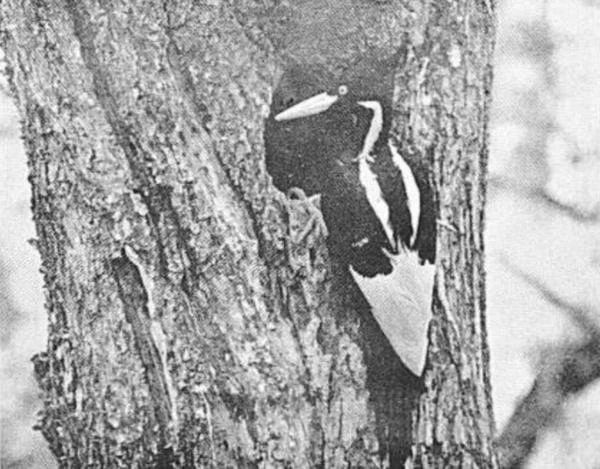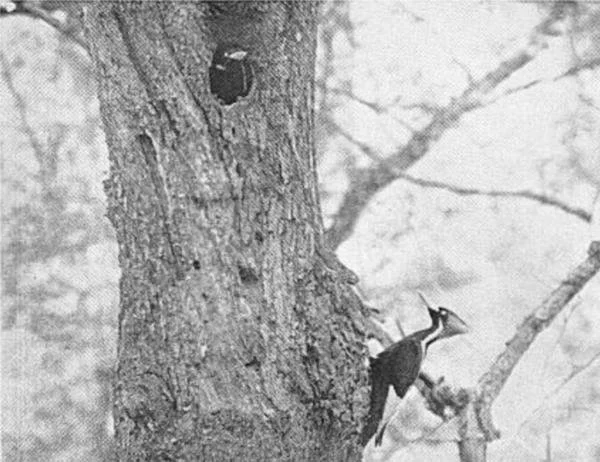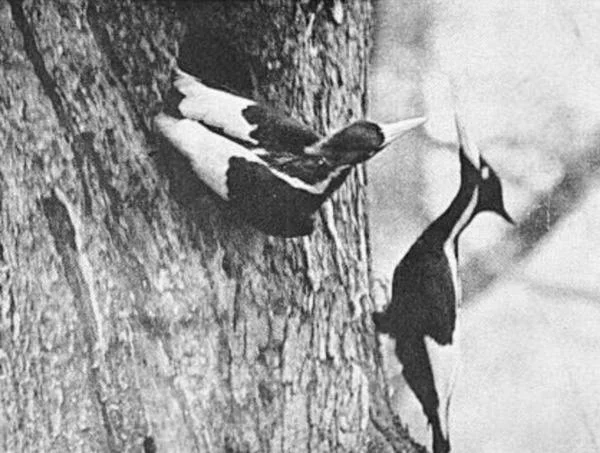Audubon's "Birds of America" - the Ivory-Billed Woodpecker
John James Audubon (1785-1851) drew the Ivory-billed woodpecker and considered the bird to be common throughout the southeastern United States. Audubon liked to call the Ivory-billed woodpecker “Vandyke,” presumably referring to the famous Flemish painter Anthony Van Dyck (1599-1641). “The broad extent of its dark glossy body and tail, the large and well-defined white markings of its wings, neck, and bill, relieved by the rich carmine of the pendent crest of the male, and the brilliant yellow of its eye, have never failed to remind me of some of the boldest and noblest productions of that inimitable artist’s pencil.”
The bird was mostly referred to as the “Lord God” bird, which Dr. Drew Lanham writes about in his poem Big Woods Lord God A‘Mighty Peckerwood. The poem currently appears beside Audubon’s drawing of the Ivory-billed Woodpecker in a display of Audubon’s Birds of America at the Charleston Museum.
Forest clearing for timber and growing crops and industrialization have left the Ivory-billed woodpecker no alternative but to vanish. The last photographs of the Ivory-billed woodpecker (Campephilus principalis) were taken in a tract of forest in Louisiana in 1935.
To learn more about John James Audubon and other naturalists, scientists, and gardeners who had close ties to Charleston and the Lowcountry, book a tour with Layton at Walk and Talk Charleston.
This blog post was written by Layton Register for Walk & Talk Charleston.



